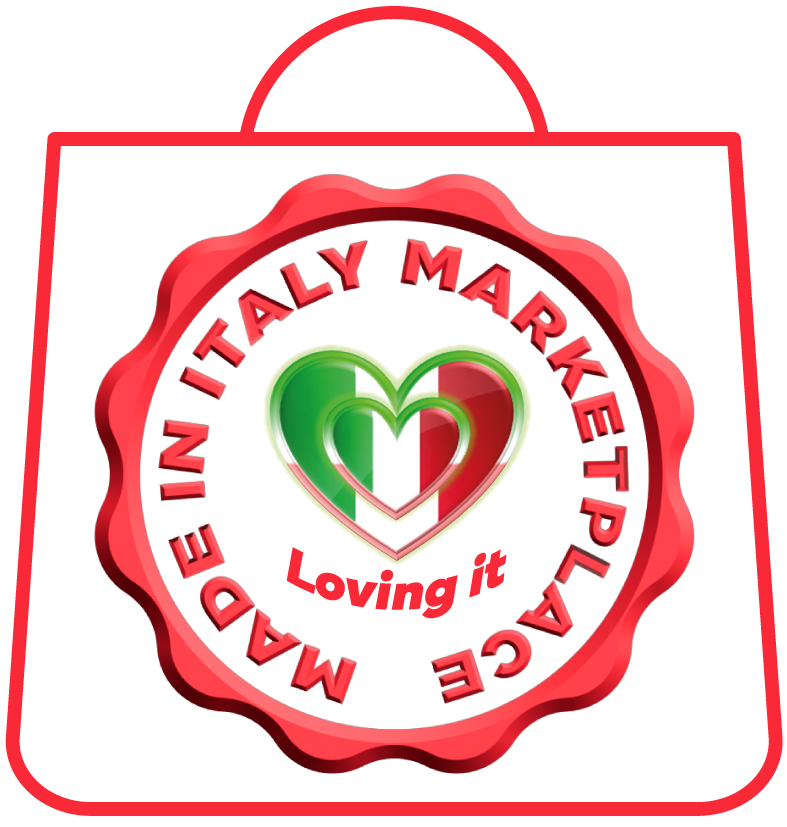Experience Excellence
Crafting Timeless
Masterpieces
Immerse yourself in the world of Italian artisans, where every piece tells a story. From handcrafted fashion to gourmet delights, our marketplace brings you the finest products crafted with passion and tradition.
Identifying Authentic Italian Goods
Distinguishing genuine Italian products from imitations is essential for ensuring quality. Look for authentic trademarks, artisan craftsmanship, and detailed product origins. These markers reveal the story behind each item and its cultural significance.
Explore the Quality Markers
When shopping for authentic Italian goods, pay attention to the details. Genuine products are often accompanied by specific certifications and packaging. Engaging with producers and understanding their heritage can greatly enhance your appreciation of each purchase.
Certification Seals
Verified Authenticity
Quality Assured
Craftsmanship Guaranteed
Sustainable Sourcing
Embrace Italian Elegance
Discover the Impact of Authenticity
Craftsmanship Matters: Key Numbers
Did you know that authentic Italian products contribute over 30% to the country’s GDP? This statistic showcases the value of quality craftsmanship that is cherished worldwide.
Pride in Every Detail: Statistics
Over 70% of consumers prefer handmade Italian goods, reflecting a deep-rooted appreciation for artisanal quality and heritage that defines true luxury.
Investment in Craft: Key Insights
Italian artisanal exports have surged by 15% in the last five years, a testament to the growing global demand for genuine luxury and unique craftsmanship.
Cultural Significance: The Numbers
Every year, Italian craftsmanship generates thousands of jobs, proving that supporting our artisans helps sustain local economies and preserve tradition.
The Heart of “Made in Italy”: How Family, Community, and the Dolce Vita Shaped Italy’s Industrial Districts
Italy is not a country of factories, it is a country of families, piazzas, and workshops, where the rhythm of life has always intertwined with the rhythm of craft. What the world calls “industrial districts,” the “Distretti” are not merely economic clusters. They are cultural ecosystems where family, craft, community, and the joy of living well converge to create a heritage of beauty and innovation unlike anywhere else.
Roots That Run Deep: From Rome to the Renaissance
The story begins with Rome. Imperial roads, ports, and sea routes radiated like capillaries across the Mediterranean and beyond, carrying wool, glass, metalwork, wine, and fine ceramics to distant markets. Early craft associations (collegia) set standards and safeguarded skills; towns specialized; families passed trades from one generation to the next. Trade wasn’t just commerce; it was cultural circulation, laying the groundwork for the local specializations that still define Italy.
In the Middle Ages, guilds inherited this mantle. They limited entry, preserved secrets, and kept mastery within families, turning craft into lineage. By the Renaissance, city-states like Florence, Venice, and Milan had become powerhouses: silk weaving, goldsmithing, glassmaking, and ceramics flourished under the eyes of merchants and patrons who demanded excellence and got it.
Murano: Fire, Sand, and State Secrets
In 1291, the Venetian Republic moved its glass furnaces to Murano: both to protect the city from fires and to guard the art’s most closely held secrets. On that island, glass became a jewel: cristallo as clear as mountain water; filigree and murrine like frozen lace; aventurine sparkling like stardust. Techniques were protected by oath; masters were treated like living treasures. Murano didn’t just make glass; it made Venetian light tangible.
Torre del Greco: Portraits in Coral and Shell
Further south, Torre del Greco became synonymous with cameo carving, first in coral fished from Mediterranean waters, later in delicate shells. The craft echoes Roman portrait cameos of emperors and noble houses; in the 18th and 19th centuries, it blossomed anew as travelers on the Grand Tour carried home miniature portraits and mythic scenes. Each cameo is a whisper from antiquity: a face, a story, a civilization carved to be worn.
The Family as the Firm
Unlike corporate giants, Italian businesses grew from the extended family. Grandparents, parents, siblings, and cousins each carried a role, a responsibility, a memory. Family meant trust and continuity; it allowed risks to be taken and knowledge to be safeguarded. In many districts, family ownership remains the guarantee of integrity: each decision is personal; each product bears the family’s honor.
The Districts: Communities of Craft & Amore
Today, Italy counts over 150 industrial districts, each a living ecosystem:
Textiles in Prato, where looms hum in intimate workshops
Gold in Arezzo, where artisans hammer brilliance into life
Furniture in Brianza, where the scent of wood, not plastic, greets you at the door
Ceramics in Faenza, where fire and earth still dance together
Glass in Murano, where sand becomes light
Cameos in Torre del Greco, where coral and shell become memory
- Just to list a few of the hundreds of districts/ communities that work with love and passion together to create amazing products and have fun around creating them …
These are not anonymous factories; they’re clusters of families and neighbors working side by side. Cooperation and competition coexist, bound by trust, proximity, and pride of place. Economists call it flexible specialization; Italians simply call it vita.
The Dolce Vita Ecosystem
What makes Italy’s distretti extraordinary is that they do not just produce things; they produce a way of living. Here, work and life flow together:
Long lunches that bring three generations to the same table.
Festivals where a patron saint’s day becomes a showcase of local craft.
A vineyard’s harvest that inspires colors in textiles or shapes in furniture.
This balance between work and joy, tradition and creativity, is the true dolce vita. It sustains innovation not through pressure, but through beauty, slowness, and inspiration.
Textiles & Fashion: Perfection in Every Thread
Italian fashion is crafted, not churned. With tens of thousands of artisan enterprises, most with fewer than ten people, workshops perfect the refinement, no hanging threads, no shortcuts, just clean lines and enduring seams. Fabrics are natural, breathable, and friendly to skin and health. The higher price is not extravagance; it is quality and care made visible—built to last, built to be loved, built to become an heirloom.
Furniture & Design: Living the Dolce Vita
Step into an Italian home and you’ll feel it instantly: the Dolce Vita in wood, leather, stone, and light. Good furniture doesn’t smell like plastic; it carries the quiet perfume of oiled walnut, the warmth of hand-finished leather, the cool touch of Carrara. These pieces don’t just fill a room—they shape a life, inviting conversation, meals, music, and rest. Designed to endure, they gather patina, not fatigue.
Food & Wine: The Artisans of Taste
From cheesemakers in Emilia to vintners in Piedmont and olive masters in Puglia, artisan producers turn landscapes into flavors. This is nourishment as culture: techniques refined over centuries, terroirs respected, biodiversity protected. A bottle, a loaf, a wheel of cheese, each is a geography you can taste.
Luxury & Accessories: Small Hands, Great Prestige
Leather goods without toxic glues, jewelry without harmful alloys, eye-wear polished by hand—Italian luxury is a pact with the material and with the wearer. In Tuscany, Campania, and Veneto, thousands of micro-workshops transform raw matter into timeless assets: a bag to be inherited, a bracelet to be cherished, a frame that fits the face and the life.
Endurance and Innovation
After WWII, Italy chose a path of SMEs and districts, not mega-factories. Infrastructure was built; families carried forward know-how; communities innovated together. The result is an economy that remains resilient because it is rooted: a product from Prato, Murano, or Torre del Greco is instantly recognizable. It carries the signature of a place, a family, a tradition.
When You Buy Italian, You Buy History
From Roman trade routes to Murano furnaces and Torre del Greco’s carving benches, Italian craftsmanship has thrived for millennia. Every piece, glass, cameo, coat, chair, holds a fragment of that long memory. It is why the finish is cleaner, the materials kinder, the form more serene. When you buy an Italian piece, you are not just buying a product; you are buying a piece of history: a lineage of hands, a continuity of beauty, an investment that lasts.
MADE IN ITALY MARKETPLACE: A Seal of Authenticity
At MADE IN ITALY MARKETPLACE, we stand with Italy’s artisans, families, districts, and traditions, bringing you certified workmanship, traceable provenance, and behind-the-scenes storytelling that connects you to the hands that shaped each piece. In a world of imitations, choose the real thing: quality that protects your health, beauty that holds its value, and heritage you can feel and love!
Voices of Our Artisans
Craftsmanship speaks through every story shared.
Explore Our Gallery
Delve into the exquisite world of handcrafted Italian treasures. Each piece tells a story of passion and heritage.
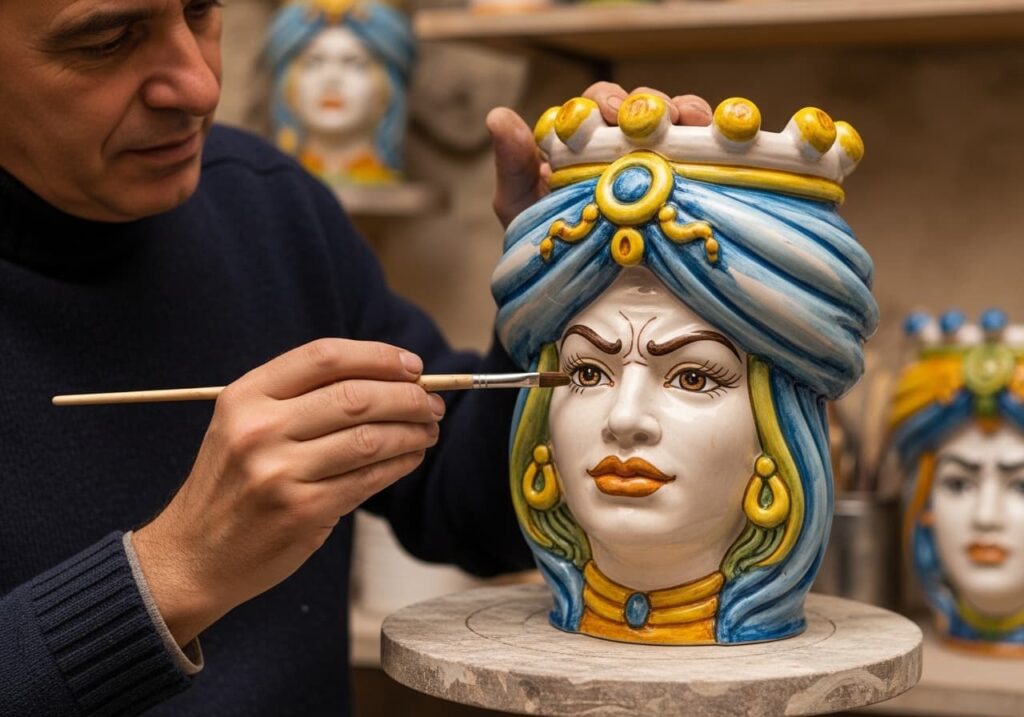
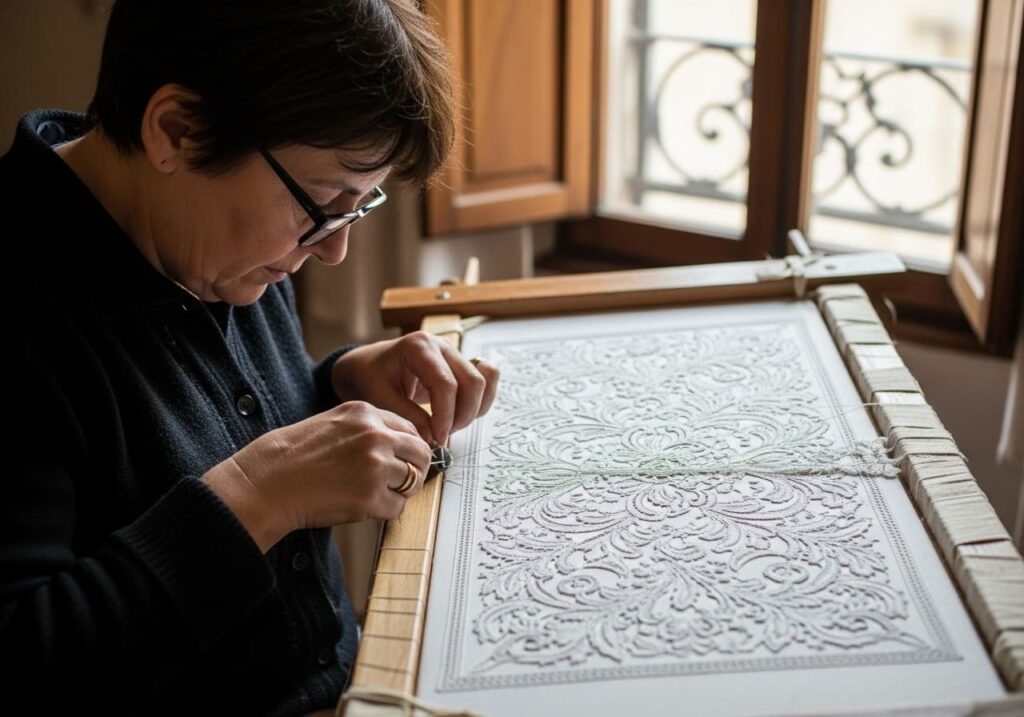
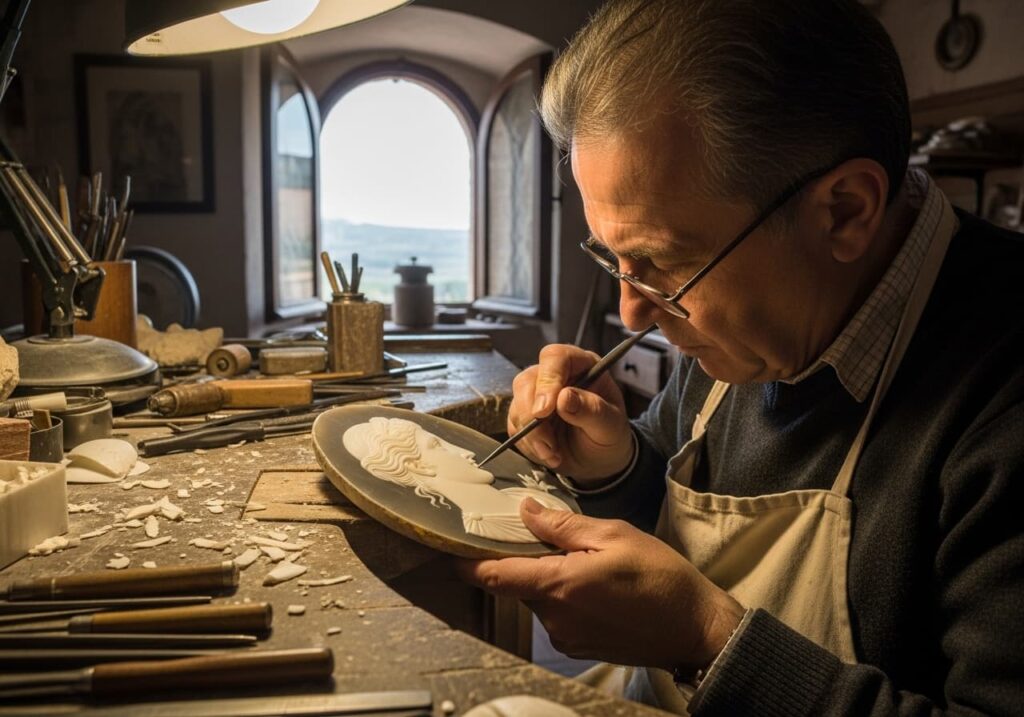
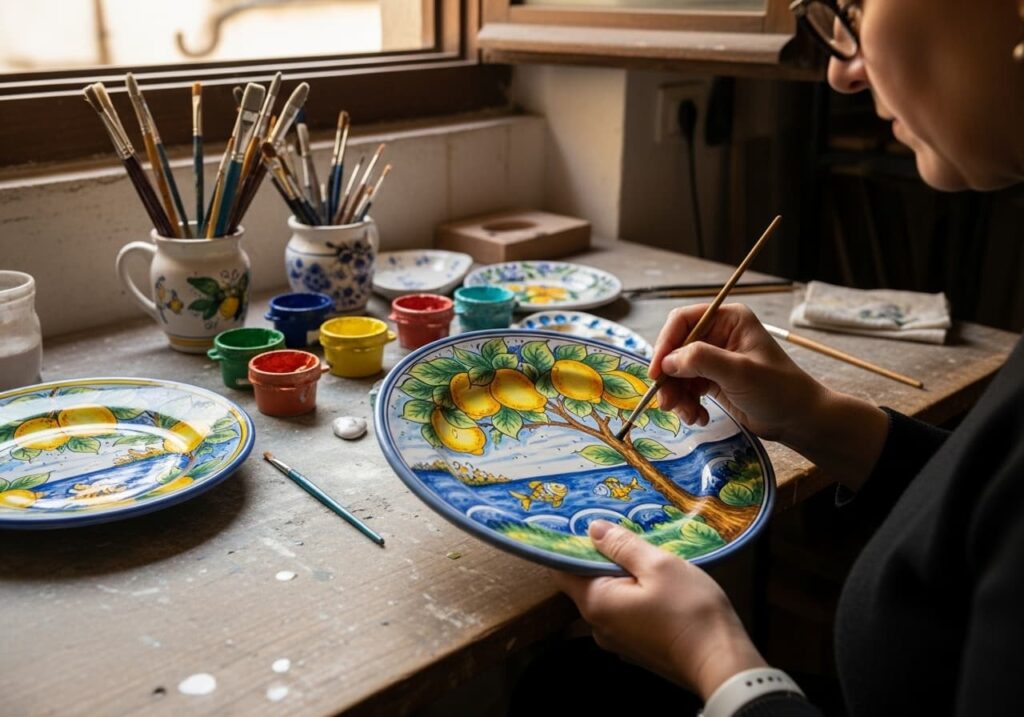
The Precious Economy Of The Italian Artisans As The Pulsing Heart Of Italy
In 2025, Italy has approximately 1.37 million artisans, marking a sharp decline from 1.77 million in 2014. Over the past decade, almost 400,000 artisans have left the sector—a reduction of about 22%. Just between 2023 and 2024, another 72,000 artisans (a 5% drop) exited the field.
Artisan enterprises make up roughly 25% of the country’s businesses. Total employment in the artisan sector exceeds 2.6 million workers, including owners, collaborators, and employees.
This continuous decline affects all regions, driven by competition from low-cost production, inadequate policy support, and ongoing economic challenges. Despite these challenges, Italian craftsmanship remains a cornerstone of the national economy and a key component of the globally recognized “Made in Italy” brand.
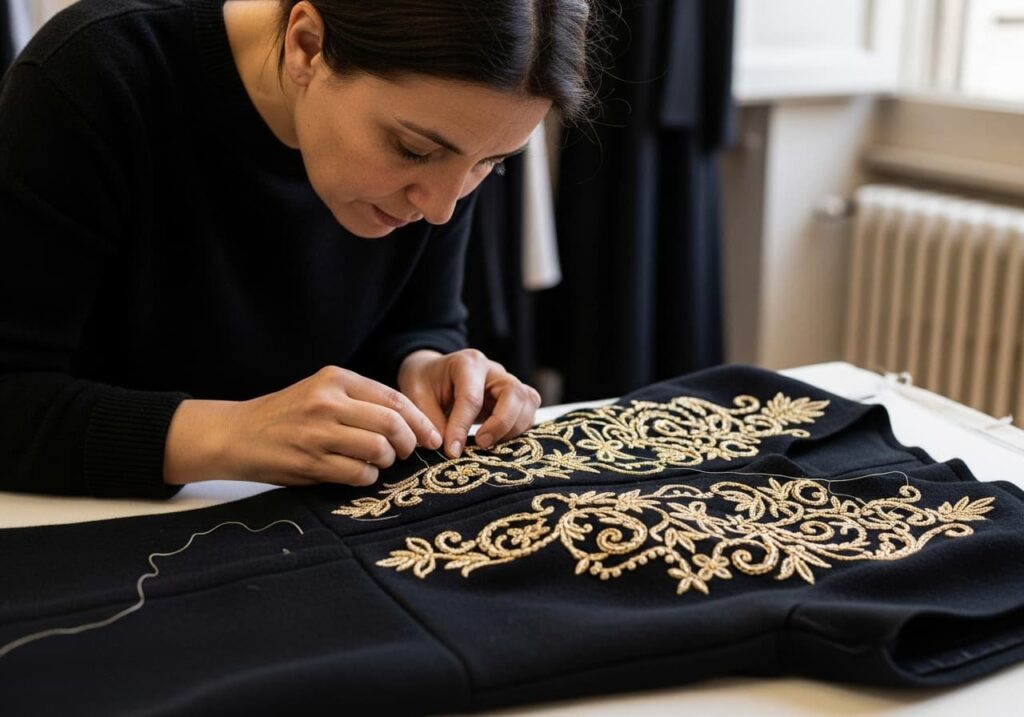
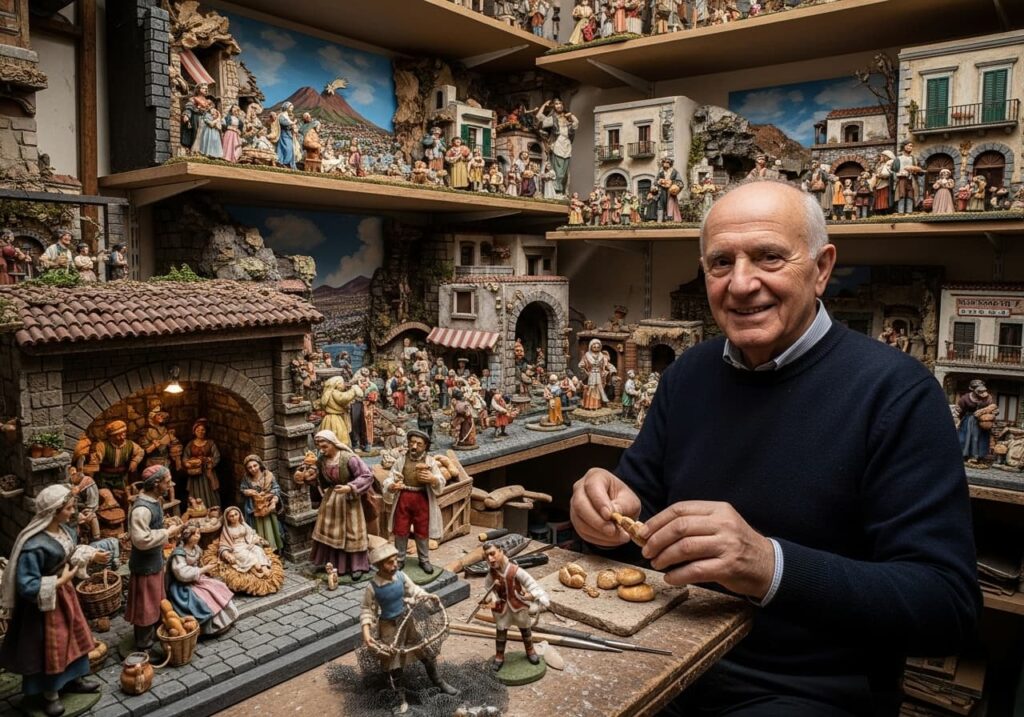
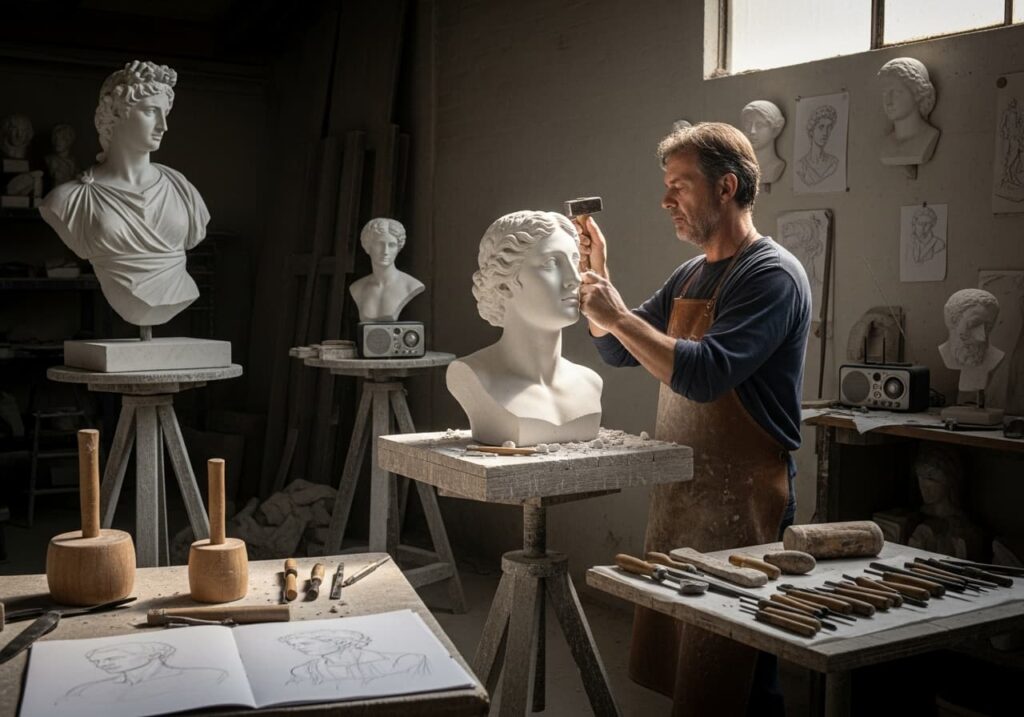

Sustain Our Authentic Italian Community
Subscribe to Our Updates
Stay informed about our exquisite offerings.
Sign up for our newsletter to receive exclusive insights, special deals, and the latest news from our artisan workshops.
